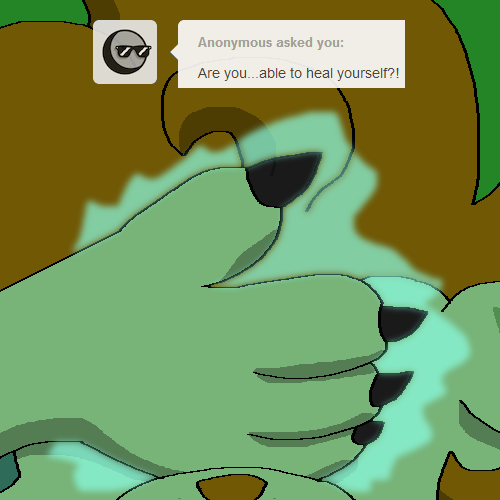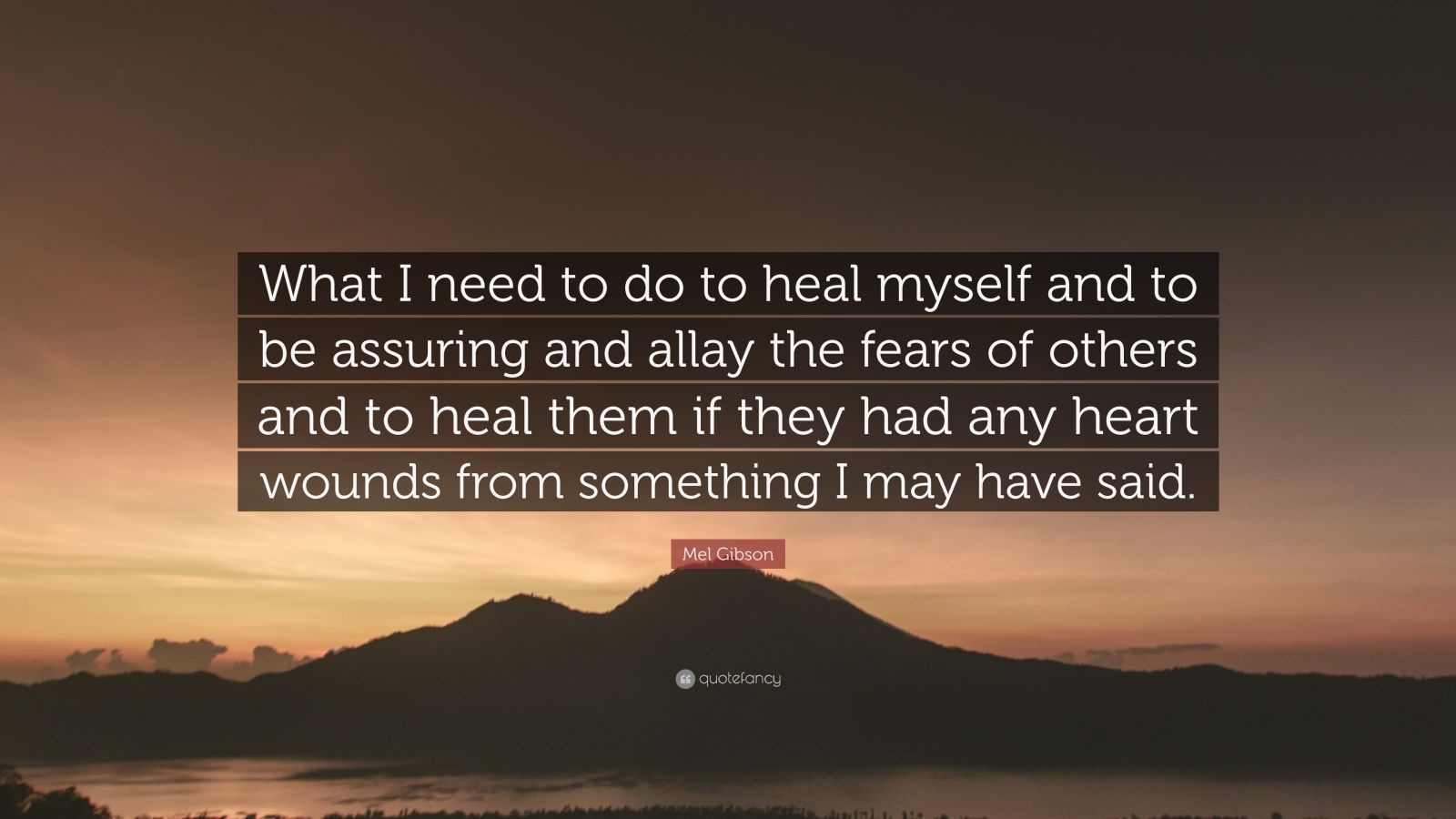

The Culmination of More Than a Decade’s WorkĮleven years into my illness, I earned the right to bet my life on the operating table to get the surgery that I’d rescued from the forgotten depths of medical history. From there, it took another 18 months to build a surgical team to do the surgery. Working with medical historians, I pieced together the case that a surgery first done on dogs in 1923 could be translated into humans and used to treat me. If it was possible and it helped me, we hoped it might make me well. So, when I found that no good surgery existed, I decided I’d invent one.įrom my hospital bed in my living room, I spent two-and-a-half years working with surgeons, clinicians, basic science researchers, large animal veterinary surgeons, and bioethicists to find a way to do the surgery. Since doctors take an oath to do no harm, it was hard for them to choose to give me a new disease in the hopes it would be better than the disease I already had. I’d partner with the doctors, but when we got stuck, I’d take the lead. I decided I would take the lead in researching my own condition. Cecil Coghlan, MD, and I tried my proposed treatment and dug into my condition with tests that dysautonomia patients still struggle to access in 2020. The autonomic nervous system coordinates heart rate, blood pressure, metabolism, digestion, and many other “automatic” functions of the body.Įighteen months after that, by 2004, I found a dysautonomia researcher willing to mentor and collaborate with me. I contended I had a dysautonomia, a disorder of the autonomic nervous system. I spoke as a college dropout sitting in a reclining wheelchair.

Maybe, together, we could use my dedication and their experience to get further than the doctors had gotten on their own.Įighteen months after I got access to the Internet, I was presenting a paper on a proposed treatment for my condition at an international medical conference. My calculus was this: With something rare that didn’t yet even have a name, surely a year of my time, effort, and research into my condition was equal to the 15 minutes I had with even the smartest of doctors. So, I decided I would take the lead in researching my own condition. And I was born a genius, I think it’s now fair to say. Before illness forced me to drop out of college, I’d been a science major. Taking Charge of My Diseaseīut I decided to do something different. My future looked even bleaker than their pasts. I’d gotten sick earlier than either of them. They spent their days suffering from painful, cramping muscles. My aunt was too weak to tie her own shoes in her 30s.
I HAD TO HEAL MYSELF DOUG LINDSAY TV
My mom was too weak to open the front door at 40, too sick to push the buttons on a TV remote at 48. Since we had no diagnosis, I could only find two people who had what I had. When you’re diagnosed with a disease, doctors tell you about your prognosis-what the odds are for you based on what happens to others with your disease.

In a related blog post, PCORI Advisory Panel on Rare Disease Chair Scott Berns, MD, MPH, discusses the advisory panel's activities and goals. PCORI's Continued Commitment to Researching Rare Diseases
I HAD TO HEAL MYSELF DOUG LINDSAY HOW TO
And in all their decades of searching, doctors hadn’t even been able to tell them what kind of disease they had-let alone how to fix it. My mother and aunt had been sick for nearly my whole life with the same thing. I didn’t need to conjure up nightmares I just had to look at my family. My daily life became terrifying, and the doctors couldn’t tell me what was wrong or what would help. I spent my evenings laying on the floor in pain, feeling like someone ran a cheese grater over my muscles. Something as simple as a peanut butter and jelly sandwich and a glass of milk could leave me in bed with a pulse of 140 and the room spinning. Seemingly for no reason, my heart would race for hours. From May to September in 1999, I went from being a normal college student with an academic scholarship to being homebound, bed-bound, and unable to walk more than 50 feet. Yet after months of rest, I got worse, not better. At 21 I came down with what the doctors told me was mono.


 0 kommentar(er)
0 kommentar(er)
